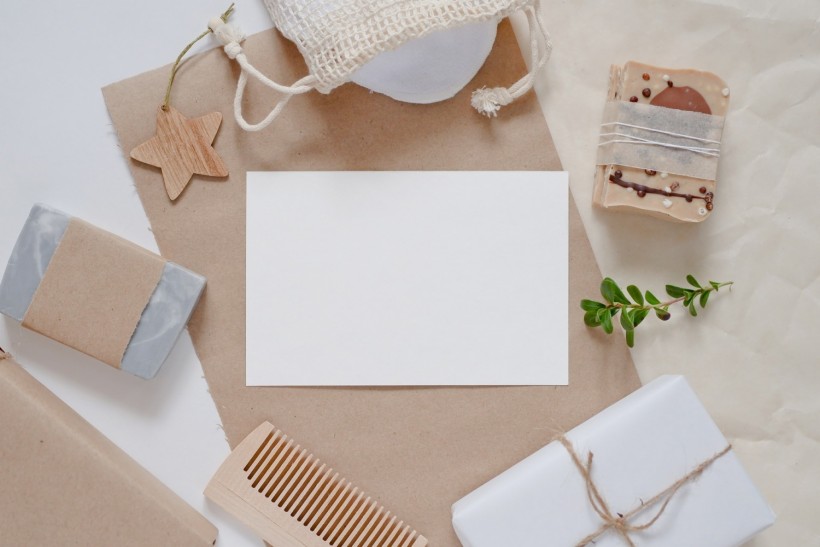One of the most crucial things about cardmaking is selecting the right glue or adhesive. There are so many different types of glues and adhesives, and it can be hard to know which one to choose. The most vital thing is to find a glue or adhesive that will work best for your project. Some glues and adhesives are better for card making than others, depending on how you want to use the card and what you want to do with the glue. There are numerous you can choose for a loved one but do you know how to make cards? Here are some tips to help you choose the right glue or adhesive for your cardmaking project:
1. Decide What You Want to Use the Card For
Some glues and adhesives are better for specific purposes. For example, epoxy resins are good for making robust cards, while hot melt glue is best for attaching fabric and ribbon materials. You can look at this overview on adhesives to find the right adhesive that is suitable for your purpose.
2. Consider the Size of the Card
Some glues and adhesives are great for making larger cards, while others are better for smaller cards. For example, hot melt glue is great for attaching fabric and ribbon materials to large cards, but it's not as good for attaching small details to small cards. So, know the size of your card before picking the glue.
3. Consider the Type of Card
If you look at these products, you will notice that some are best for paper cards and others are better for plastic cards. For instance, hot melt glue is good for fixing fabric to paper cards, but not good for attaching plastic cards to wooden blocks. So, know the type of card.
4. Consider the Surface of the Card
The surface of the card will also determine the type of adhesive you choose. You will come across glues great for paper attachments and others great for fabric attachments.
5. Decide How You Want to Attach the Glue or Adhesive
Some methods of attaching the glue or adhesive include using a brush, roller, or spray bottle. You can start with dipping the glued object, spraying, or using a syringe.
6. Wait Until the Glue is Dry Before Attaching Anything to it
Wait until the glue is completely dry before attaching anything to it so that you don't damage your card or your attachment method. If you attach something wet to a card, the glue will not adhere properly.
7. Test the Attachment Method Before You Use it on a Real Card
Test the attachment method before you use it on a real card to make sure that it works correctly. If you don't test the attachment method, you may end up attaching something incorrectly and damage your card or your object. So, take some time to learn the right way to attach things before you start using the glue or adhesive on cards.
8. Use a Thin Layer of Glue or Adhesive
Use a thin layer of glue or adhesive so that your card doesn't become too thick and difficult to handle. A thicker layer of glue or adhesive can also make it more difficult to attach your object to the card, so, apply a small amount at a time. The good thing is that using the glue sparingly also means that it will last longer.
9. Allow the Glue or Adhesive to Dry Completely
Allow the glue or adhesive to dry completely before you remove anything from the card or object. If you remove something before the glue or adhesive is completely dry, you may end up ruining your work. Be patient and let the adhesive dry before removing it. It will ensure everything is intact.
10. Clean the Area
After attaching your object to the card, be sure to clean the area where you attached it. This will ensure that the glue or adhesive doesn't cause any damage to your card or object. Use a damp cloth to clean the area and then dry it off. Using a damp cloth is advisable to ensure that the area is cleaned completely. Failure to clean the area could lead to a sticky residue.
11. Label Your Card or Object
It's always important to label your card or object in case you lose it. This will also make it easier for others to identify what is on the card or object. Use a permanent marker and write the name of the person you are sending the card to.
Conclusion
All in all, these are some tips for attaching objects to cards. Cards can be great gift ideas if you are not in the mood for the holiday shopping frenzy. Be sure to follow the instructions carefully so that everything goes smoothly. And most importantly, be patient. Letting the adhesive or glue dry completely will ensure that your card or object remains intact. Also, be sure to label your card or object in case you lose it. Do you have any questions about attaching objects to cards? Let us know in the comments below! We would be happy to help.
* This is a contributed article and this content does not necessarily represent the views of sciencetimes.com




![Earth's Quasi-Moon Kamo‘oalewa Could Originate From Lunar Surface Not Asteroid Belt [Study]](https://1721181113.rsc.cdn77.org/data/thumbs/full/53275/89/56/50/40/earths-quasi-moon-kamo-oalewa-could-originate-from-lunar-surface-not-asteroid-belt-study.png)










